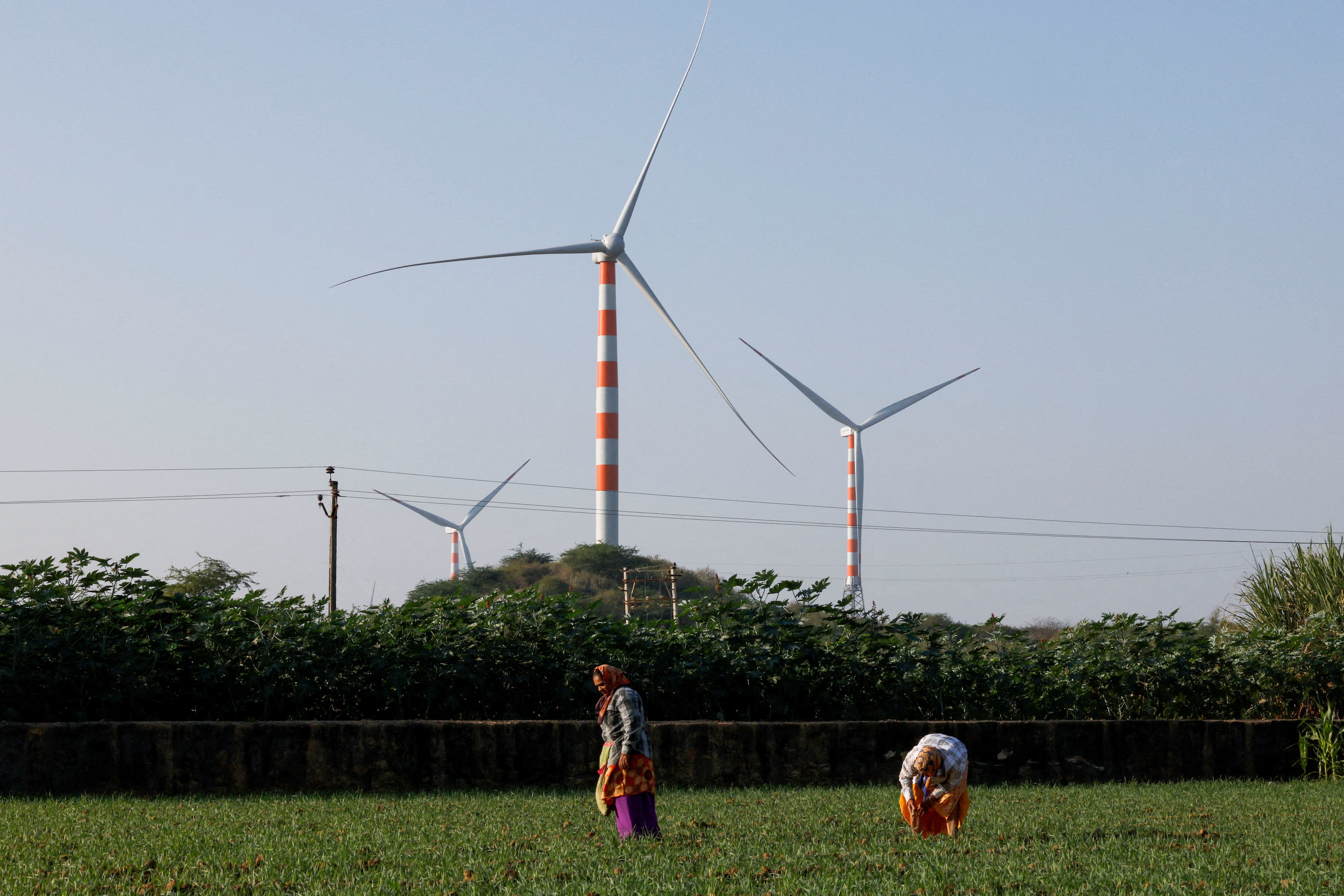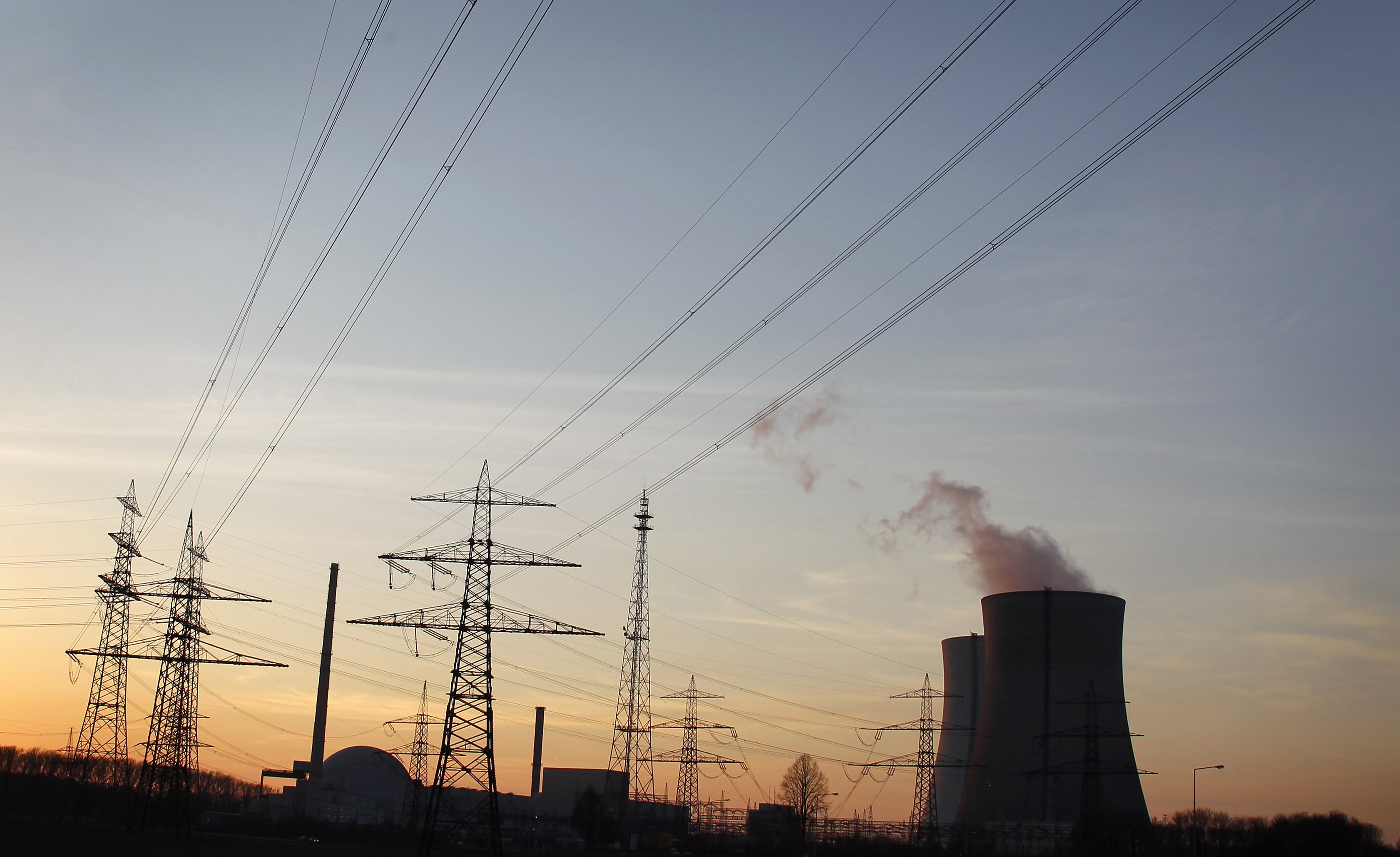Power-sector emissions are set to fall in 2022. Thanks to renewable energy

Renewable energy use has been growing
Image: Yue Chan/Unsplash
Stay up to date:
Energy Transition
Listen to the article
- CO2 emissions from the global power sector have dropped slightly, driven in part by an increase in renewables.
- Declining costs of renewable energy technology have also helped this growth.
- Coal use has also risen due to the war in Ukraine.
- Cheaper renewables and new technologies give developed and developing countries an opportunity to phase out coal, experts say.
Since Russia’s invasion of Ukraine triggered an unprecedented global energy crisis, the world has been turning to other sources of power, besides oil and gas, to meet demand.
Renewable energy has seen a promising uptick over the last few years, growing by more than 10% in 2022, according to the IEA, and this has led to a small reduction in global CO2 production from the electricity sector overall.
Last year, the world added a record 295 gigawatts of new renewable power capacity. The International Renewable Energy Agency (IRENA) estimates that 90% of the world’s electricity can come from renewable energy sources by 2050. The below chart shows which renewables are set to grow fastest over the coming years.
To keep global warming to no more than 1.5°C, emissions need to be reduced by 45% by 2030 and reach net zero by 2050, the UN states.
So how do we increase take-up of clean-energy technology in the race to achieve this? According to IEA Executive Director Fatih Birol: “Cutting red tape, accelerating permitting and providing the right incentives for faster deployment of renewables are some of the most important actions governments can take to address today’s energy security and market challenges, while keeping alive the possibility of reaching our international climate goals.”
As well as helping the world to achieve sustainability targets, the declining cost of renewables is also a factor in their growth. In 2020, renewable energy was the world’s cheapest energy source. Global solar and wind costs have fallen during the last decade and onshore wind is also now 68% less expensive than 10 years ago, IRENA reports. Meanwhile, costs for electricity from utility-scale solar photovoltaics (PV) fell 85%. The chart below shows the scale of falling costs per kwh over this period.

To accelerate further, industrial decarbonization will require innovative technologies, such as carbon capture and storage, green hydrogen, sustainable aviation fuels and green ammonia, among others.
The Financing the Transition to a Net-Zero Future initiative, a collaboration between the World Economic Forum and knowledge partner Oliver Wyman, was launched in June 2020 to accelerate the mobilization of capital towards these breakthrough technologies.
While IRENA points out cheaper renewables and new technologies give developed and developing countries an opportunity to phase out coal, 2022 has seen its use rise due to the war in Ukraine and the subsequent energy crisis.
Coal production currently causes about a fifth of global greenhouse gas emissions, according to the IEA. The Financial Times reports average daily consumption at coal-fired power stations in China was 15% higher than a year ago, in the first two weeks of August, at 8.16mn tonnes.
Some European countries have also delayed coal phase-out plans, due to supply issues following the war in Ukraine, and emissions are likely to increase by 3% in the region as a result, according to the IEA.
How is the World Economic Forum facilitating the transition to clean energy?
However, major economies like China and India, historically heavily reliant on coal, have increased their solar energy capacity. This is thanks to large-scale projects like Bhadla Solar Park, in India, the largest solar farm in the world, and Huaneng Power International, in China, the largest floating PV project.
The IEA also reports that China will surpass Europe at the end of 2022 to become the market with the biggest total offshore wind capacity in the world.
Meanwhile, Europe has scaled up its rooftop solar installations. Earlier this year, the president of the European Commission, Ursula von der Leyen, announced a mandate for rooftop solar on commercial and public buildings by 2027, and for residential buildings by 2029.
While the war in Ukraine is clearly complicating the green energy transition, "energy market developments in recent months – especially in Europe – have proven once again the essential role of renewables in improving energy security, in addition to their well-established effectiveness at reducing emissions,” says Birol.
Accept our marketing cookies to access this content.
These cookies are currently disabled in your browser.
Don't miss any update on this topic
Create a free account and access your personalized content collection with our latest publications and analyses.
License and Republishing
World Economic Forum articles may be republished in accordance with the Creative Commons Attribution-NonCommercial-NoDerivatives 4.0 International Public License, and in accordance with our Terms of Use.
The views expressed in this article are those of the author alone and not the World Economic Forum.
Forum Stories newsletter
Bringing you weekly curated insights and analysis on the global issues that matter.
More on Energy TransitionSee all
Gaurav Upadhyay and Labanya Prakash Jena
August 8, 2025
David Timis
August 8, 2025
Forum Stories
August 6, 2025
Marina Colombo and Lynn Kappes
August 6, 2025
Sverre Alvik
August 5, 2025
Michael Wang
July 28, 2025






